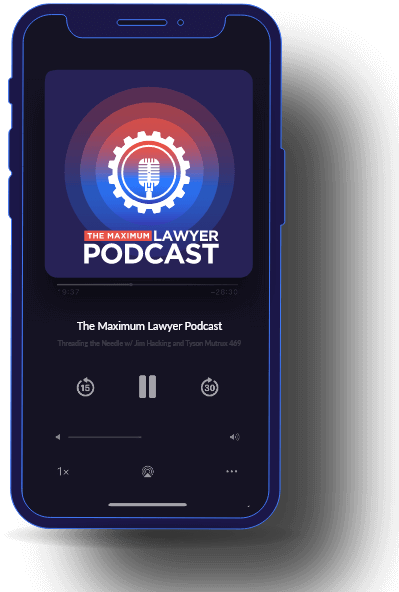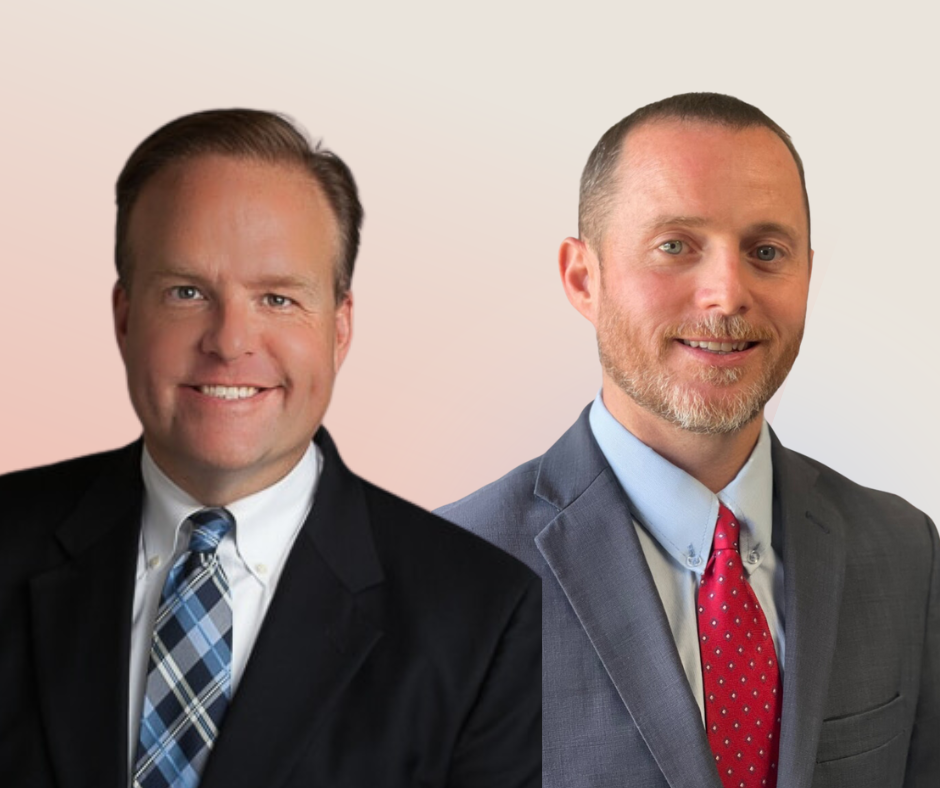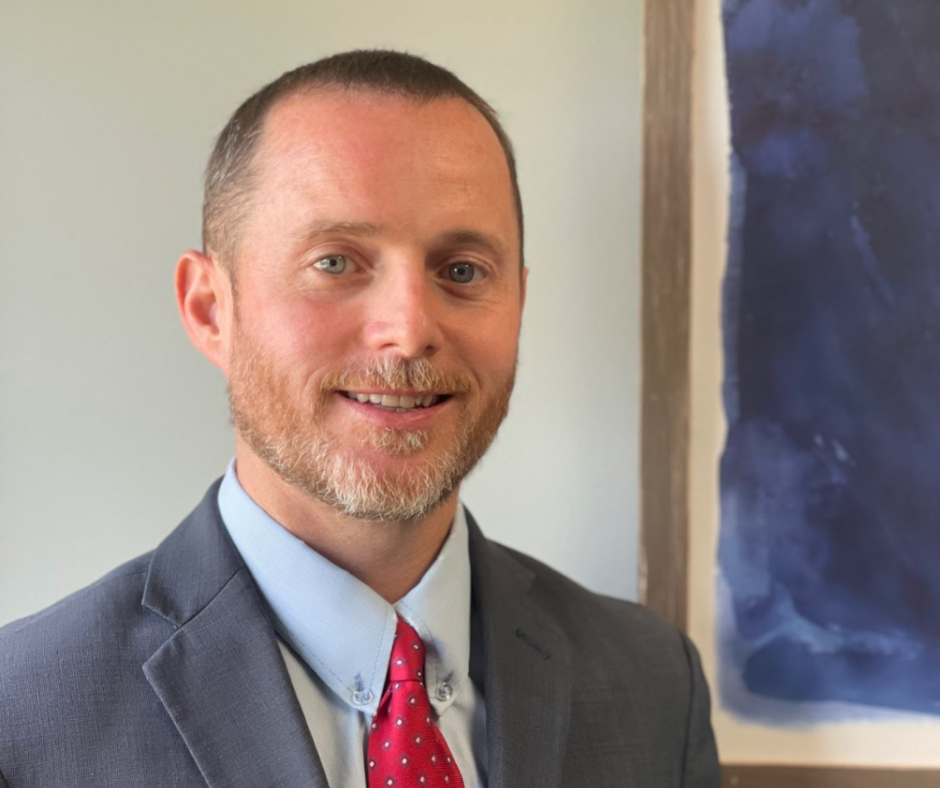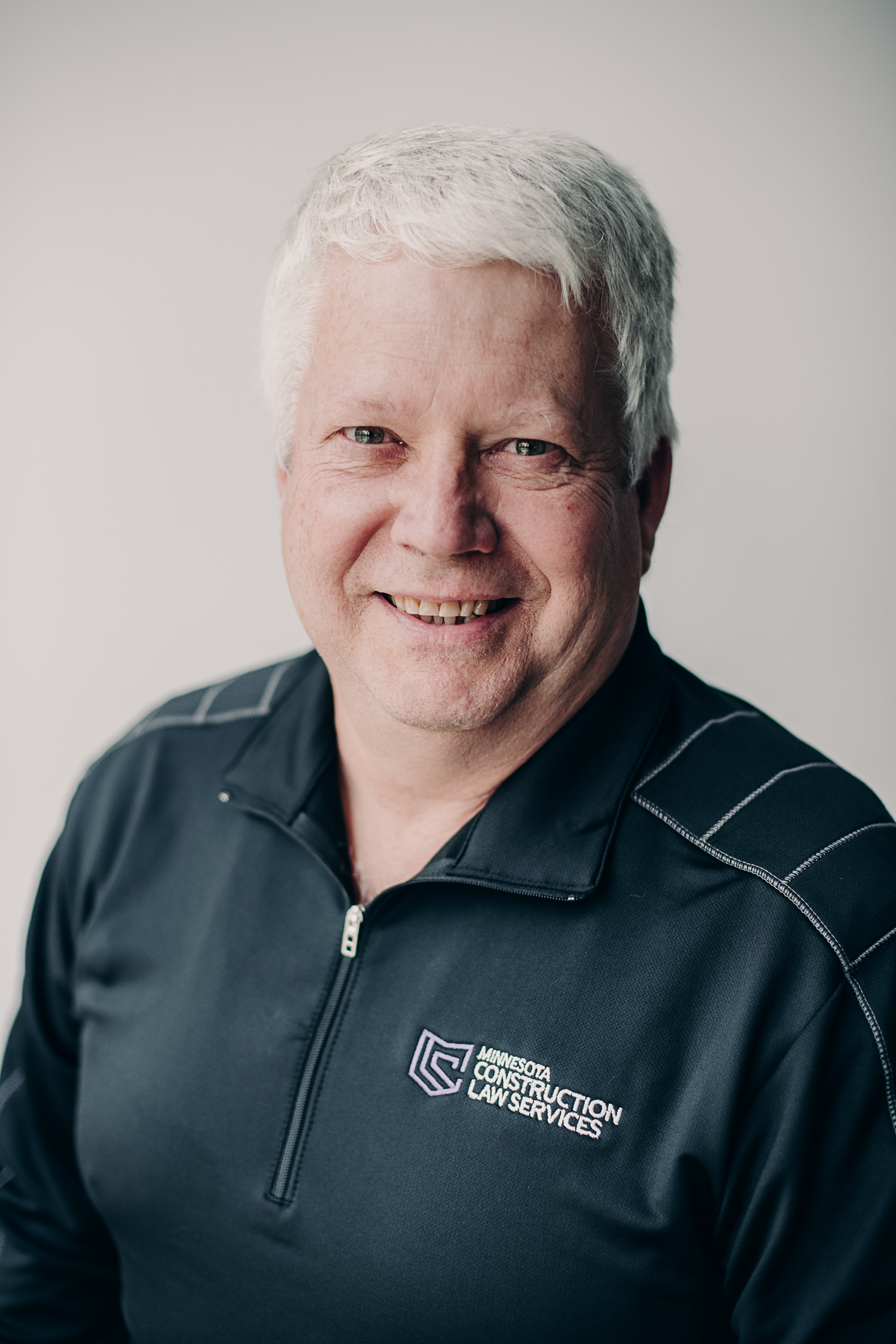Do you struggle with keeping realistic expectations? In this episode of the Maximum Lawyer Podcast, Tyson and Jim share their insights on unbridled optimism and how it relates to the field of law.
Multiple Offices and Work-Life Balance w/Ryan Sargent
Today on the show we have Ryan Sargent, a personal injury lawyer managing multiple offices across San Diego California and the surrounding areas.
We’ll talk about what it was like going solo in the middle of the Great Recession, the advantages and disadvantages of multiple offices, how he uses Filevine to manage cases across multiple locations, and how he maintains a healthy work-life balance.
Ryan’s Website: https://sargentlawfirm.com/
Hacking’s Hack: I’ve been messing around with the reminders app on my iPhone and figured out you can set reminders based on location, so you can remind yourself to do something when you’re at a specific place.
Tyson’s Tip: I found a site called Dubb, its fantastic. It lets you send videos via emails to clients. It’s much better than BombBomb.
Ryan’s Tip: I have two: (1) Turn off all notifications on your cell phone, except for you family and essential people. (2) If you’re on instagram, follow @tylermcbroom and he has a wealth of tax tips that will save you a ton of money.
Make sure to register for MaxLawCon19, June 6 and 7 in St.Louis.
For more content from us please subscribe to our Youtube Channel
Thanks so much for listening to the show! If you want to know more about this and keep on maximizing your firm, please join our Facebook Group or like us on Facebook and comment!
You can also go to MaximumLawyer.com or, if you’d prefer, email us at: [email protected]
Interested in being on the show? Shoot us an email at [email protected] or message us on Facebook!
Welcome to the Maximum Lawyer Podcast. Partner up, and maximize your firm.
Guild Membership
Free Access to Stage 1 of Maximum Lawyer in Minimum Time
Sign Up Today!Customer Reviews
4.9 out of 5
Join Our Facebook Group
Enjoy Exclusive Access To Stage One Of The Maximum Lawyer In Minimum Time Course
Privacy Policy
This privacy policy has been compiled to better serve those who are concerned with how their ‘Personally Identifiable Information’ (PII) is being used online. PII, as described in US privacy law and information security, is information that can be used on its own or with other information to identify, contact, or locate a single person, or to identify an individual in context.
Please read our privacy policy carefully to get a clear understanding of how we collect, use, protect or otherwise handle your Personally Identifiable Information in accordance with our website.
What personal information do we collect from the people that visit our blog, website or app?
When ordering or registering on our site, as appropriate, you may be asked to enter your name, email address or other details to help you with your experience.
When do we collect information?
We collect information from you when you register on our site, place an order, subscribe to a newsletter, Use Live Chat, Open a Support Ticket or enter information on our site.
How do we use your information?
We may use the information we collect from you when you register, make a purchase, sign up for our newsletter, respond to a survey or marketing communication, surf the website, or use certain other site features in the following ways:
- To personalize your experience and to allow us to deliver the type of content and product offerings in which you are most interested.
- To improve our website in order to better serve you.
- To allow us to better service you in responding to your customer service requests.
- To quickly process your transactions.
- To send periodic emails regarding your order or other products and services.
- To follow up with them after correspondence (live chat, email or phone inquiries)




